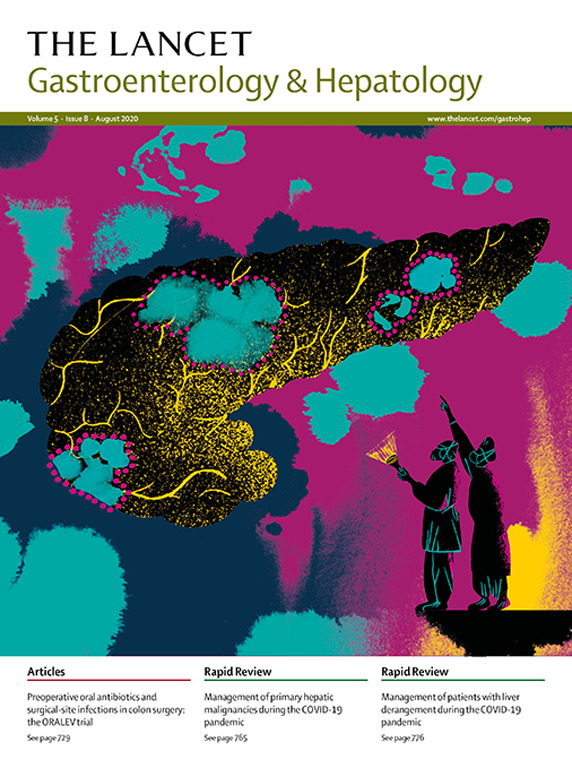The psychobiological model of disorders of gut–brain interaction: introduction of a novel, integrated, and testable model
IF 38.6
1区 医学
Q1 GASTROENTEROLOGY & HEPATOLOGY
引用次数: 0
Abstract
Psychogastroenterology encompasses both basic mechanistic research, which identifies psychological mechanisms (eg, fear-learning) that contribute to disorders of gut–brain interaction (DGBIs), and clinical applied research, which evaluates the efficacy of gut–brain behavioural therapies in DGBIs. However, progress in the field is hindered by inadequate communication between these areas, such that mechanistic processes are rarely translated into clinical targets, and interventions are developed with an incomplete understanding of the potential mechanisms by which they work or for whom they work. To bridge this translational gap, we propose the psychobiological model of DGBIs—an integrated and testable model that illustrates how psychological mechanisms central to DGBIs interact with each other and with biological processes along the gut–brain axis. In this Personal View, we introduce our model, review current evidence in psychogastroenterology, and propose specific mechanisms and causal pathways that can be tested. With this model, we aim to unify research, clarify underlying mechanisms, and identify treatment targets, with the potential to transform future research in both psychogastroenterology and DGBIs.肠-脑相互作用障碍的心理生物学模型:介绍一种新颖的、综合的、可测试的模型
心理胃肠病学既包括基础机制研究,确定导致肠-脑相互作用紊乱的心理机制(如恐惧学习),也包括临床应用研究,评估肠-脑行为疗法治疗肠-脑相互作用紊乱的疗效。然而,由于这些领域之间的沟通不足,该领域的进展受到阻碍,例如,机制过程很少转化为临床目标,并且在开发干预措施时,对其工作原理或工作对象的潜在机制了解不完全。为了弥补这一翻译差距,我们提出了dgbi的心理生物学模型——一个完整的、可测试的模型,说明了dgbi的核心心理机制如何相互作用,以及如何与肠-脑轴上的生物过程相互作用。在这个个人观点中,我们介绍了我们的模型,回顾了目前心理胃肠病学的证据,并提出了可以测试的具体机制和因果途径。有了这个模型,我们的目标是统一研究,阐明潜在的机制,并确定治疗目标,有可能改变心理胃肠病学和DGBIs的未来研究。
本文章由计算机程序翻译,如有差异,请以英文原文为准。
求助全文
约1分钟内获得全文
求助全文
来源期刊

Lancet Gastroenterology & Hepatology
Medicine-Hepatology
CiteScore
50.30
自引率
1.10%
发文量
0
期刊介绍:
The Lancet Gastroenterology & Hepatology is an authoritative forum for key opinion leaders across medicine, government, and health systems to influence clinical practice, explore global policy, and inform constructive, positive change worldwide.
The Lancet Gastroenterology & Hepatology publishes papers that reflect the rich variety of ongoing clinical research in these fields, especially in the areas of inflammatory bowel diseases, NAFLD and NASH, functional gastrointestinal disorders, digestive cancers, and viral hepatitis.
 求助内容:
求助内容: 应助结果提醒方式:
应助结果提醒方式:


